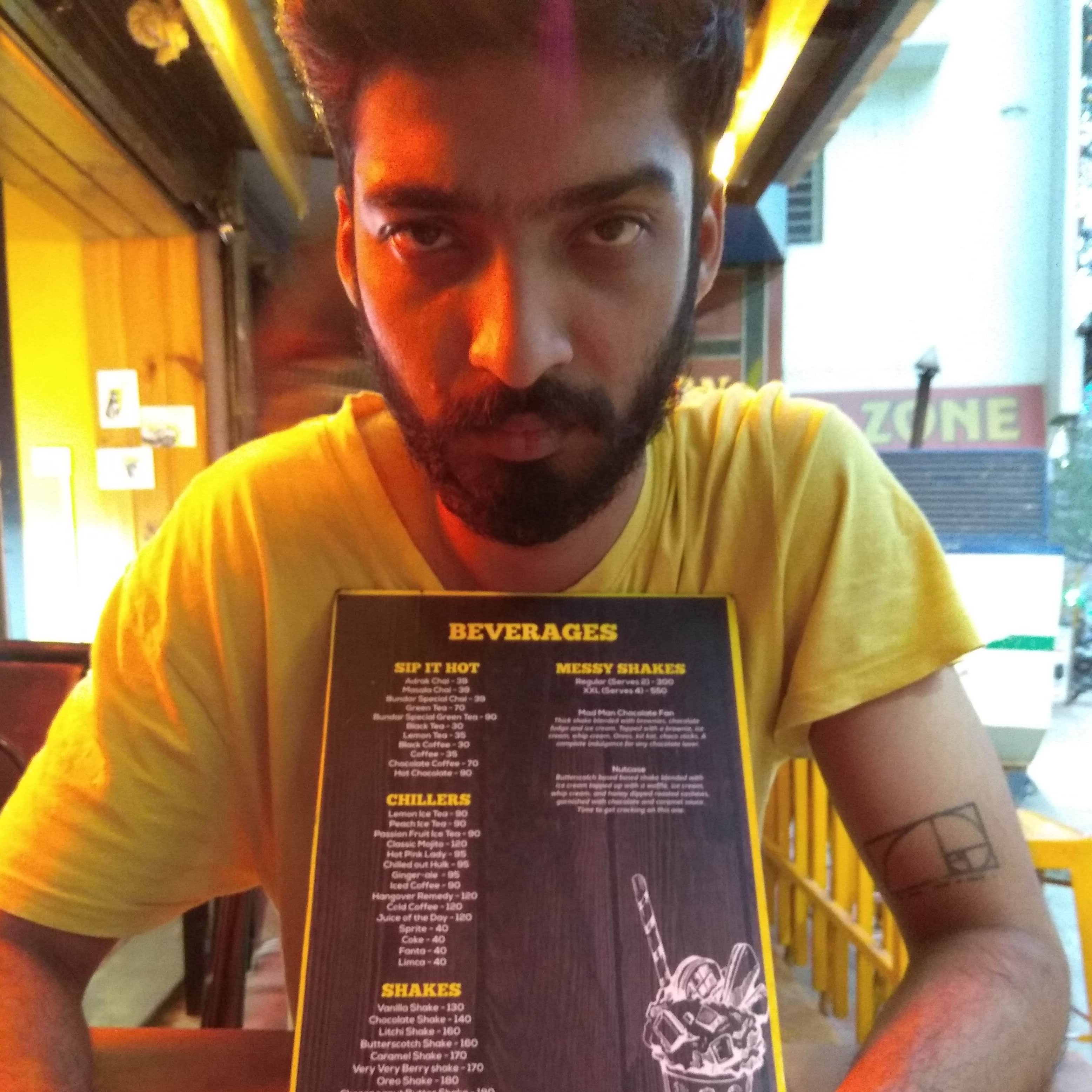Today’s world runs on consumerism. Basic lifestyle requirements have become more and more exclusive and expensive. The current generation is addicted to this influx of expensive consumables; this addiction fuelled by the improving Indian economy has led to a majority of today’s generation is paying more EMI when compared to their monthly savings.
The overall burden of loans and debts on the consumers pocket is increasing. With every new purchase, the consumer is having to make psychological adjustments to their finances. Other expenses can be compromised on but an EMI’s is binding.
On the other hand, Systematic Investment Plan (SIP) in mutual fund schemes are gaining popularity for its steady performance and ease of investment. You can allocate funds on a monthly basis, much like EMI’s, and start as low as Rs 500.
The most essential difference between EMI and SIP is that the former is a loan and the latter an investment. EMI’s eat away at your salary whereas SIP’s grow your wealth.
With EMI’s, you are borrowing money from a bank to ensure you can pay the immediate expense. This does help you with meeting your lifestyle requirements. However, this expense simply gets scattered over a period of 12 months. Not only do you have to worry about paying off the incurred expenses, but you’ve also got to carry the burden of interest on your borrowing. This leads to the total outflow of money from your pocket to be much higher than the actual cost price of the product you have purchased. Simply put, an EMI is a way of making today’s problem, the problem of your future self.
In the case of SIP, let’s assume you want to buy a high-end phone for your spouse as a gift for Christmas. If this phone’s cost price is Rs 85,000 approximately. The monthly instalment in SIP would be not more than Rs 7000. By the time Christmas comes, the accumulated fund will be Rs 85000 with a conservative assumption of 10% return. Whereas the same purchase through EMI will put you back by Rs 7552 monthly.
| Per Month Amount | Months | Assumed Interest Rate per annum (Assumed) | Total Amount Paid | |
| EMI’s | Rs 7552 | 12 | 12.00% | 90624 |
| SIP’s | Rs 6800 | 10 | 10.00% | 81600 |
| Savings | 9024 |
What we learn from this example is that, with a little planning from your end in advance, you can save a good amount on the actual cost price of the product. So even if you have to wait a little longer to buy your dream car or phone, it is better than getting stuck in the debt trap. The debt trap has a unique way of becoming a vortex that consumes your financial security.
Be wise and invest through SIPs and retain your financial security as well as lighten the load on your wallet.






